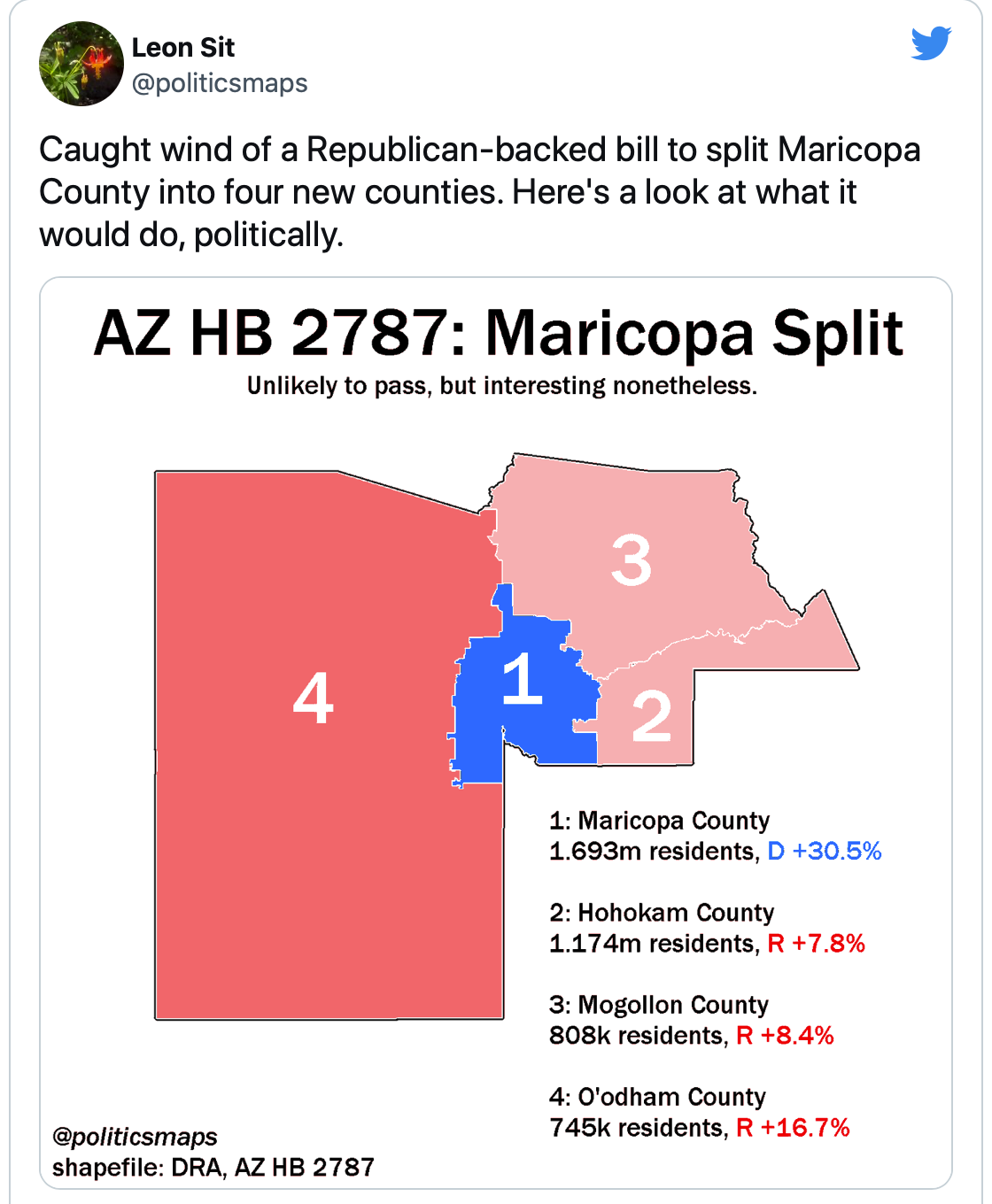

dbf file) contains the sub-set of parcels that are classified as residential property, and has attributes like roof type, wall construction material, covered patio, and pool size Residential Master (in the residential master.dbf file) contains the sub-set of parcels that are classified as commercial property, and has attributes like number of stories and story height Commercial Master (in the commercial master.Premium Secure Master Data (in the suppBK100, suppBK200, etc.dbf files) contains information about the parcel owner, parcel size, sale price, and tax information for all parcels in the county.There are 4 sets of attribute data files that can be joined to the parcel shapefiles to get additional attribute information:.Unfortunately, these don’t match the boundaries of any of the cities, but you can use the index shapefile to see which book(s) cover your area of research. Each book covers a portion of the county. There are 5 basic parcel shapefiles for each year: Book 100, 200, 300, 400, 500.But to get the most value from the data, it helps to understand what attributes are stored in what files. The files represent the base data that underlies the online Maricopa County Parcel Viewer, and comes from the County Assessor’s office. Parcel data contains a wealth of information, and we have Maricopa County GIS parcel data from 2002 – 2017, to help you with your research.

Interested in researching how the light rail has impacted local businesses in Phoenix and Mesa? Want to compare the age of housing stock in various parts of the Valley? Looking at the impact of large sports arenas (like University of Phoenix stadium) on property assessment and development in various metropolitan areas? Doing research on food deserts in Phoenix? These are just a few of the innovative research projects that people have completed using the Maricopa County parcel data in the ASU Geo-Data Directory.


 0 kommentar(er)
0 kommentar(er)
